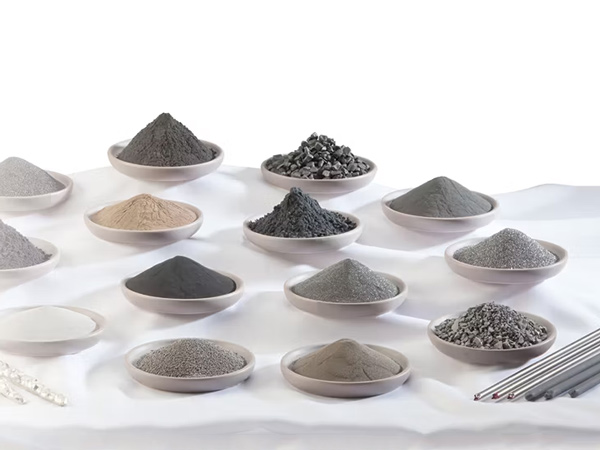Key Considerations for Purchase Metal Powder
Metal powder plays a pivotal role in various industries, including additive manufacturing, powder metallurgy, surface coating, and metal injection molding. As a versatile and essential raw material, the quality, composition, particle size, and characteristics of metal powders significantly impact the final product’s performance, properties, and manufacturing processes. When considering the purchase of metal powders for your applications, it is essential to understand the key factors that influence their selection and performance. In this article, we will explore the crucial purchase points of metal powder to help you make informed decisions and optimize your production processes.
Material Composition and Purity
The material composition and purity of metal powders are fundamental considerations when selecting the appropriate powder for your specific applications. Different metals and alloys exhibit varying physical, mechanical, and chemical properties, which directly influence the final product characteristics. It is essential to identify the desired material composition, purity levels, elemental distribution, and impurity content to ensure compatibility with your manufacturing requirements and performance standards. Additionally, assess the powder’s chemical composition through methods such as spectroscopy or chemical analysis to validate its suitability for the intended application.
Particle Size Distribution
The particle size distribution of metal powder plays a critical role in determining powder flowability, packing density, sintering behavior, and final product quality. Fine-tuning the particle size distribution can optimize powder bed fusion processes in additive manufacturing or enhance powder compaction and densification in powder metallurgy applications. Understanding the optimal particle size range, size distribution uniformity, and morphology requirements for your manufacturing processes is essential for achieving consistent and high-quality results. Consult with powder suppliers to obtain detailed particle size distribution data and analyze how it aligns with your processing needs.
Powder Morphology and Surface Characteristics
The morphology and surface characteristics of metal powders impact their flow behavior, packing efficiency, surface adhesion, and sintering kinetics during processing. Factors such as particle shape, surface roughness, oxide layer thickness, and surface area determine the powder’s handling, compaction, and sintering properties. Assessing the powder morphology through imaging techniques like scanning electron microscopy (SEM) and surface analysis methods can provide insights into the powder’s behavior and suitability for specific manufacturing methods. Selecting metal powders with tailored morphology and surface properties can enhance process control, part quality, and production efficiency in your operations.
Quality Control and Certification
Ensuring the quality, consistency, and traceability of metal powders is essential to achieving reliable and reproducible results in manufacturing processes. Reliable powder suppliers adhere to stringent quality control measures, including particle size analysis, chemical composition verification, contamination testing, and certification standards, such as ISO specifications or industry-specific certifications. When purchasing metal powders, inquire about the supplier’s quality assurance processes, material testing protocols, and certification documentation to validate the powder’s authenticity and compliance with industry standards. Partnering with reputable suppliers that prioritize quality control and certification can mitigate risks, improve process reliability, and uphold product integrity in your applications.
Cost Considerations and Supplier Relationship
While evaluating the quality and specifications of metal powders is paramount, balancing cost considerations and supplier relationships is also crucial in the purchase decision. Compare pricing options, volume discounts, lead times, and logistics considerations from multiple suppliers to assess the overall cost-effectiveness and feasibility of your powder procurement. Establish transparent communication channels with powder suppliers, discuss customization options, technical support, and after-sales services to build a collaborative partnership that aligns with your production requirements. Prioritize value-added services, responsive communication, and reliability when selecting powder suppliers to ensure consistent powder quality, supply chain efficiency, and operational support in your manufacturing processes.
Navigating the world of metal powders requires a multidimensional approach to selecting the right powder for your applications. By considering material composition, particle size distribution, powder morphology, quality control, and cost-effectiveness, you can make informed decisions that enhance product quality, manufacturing efficiency, and process reliability. Partnering with reputable powder suppliers, conducting thorough quality assessments, and maintaining open communication channels can streamline the procurement process and optimize the performance of metal powders in your operations. With a strategic focus on key purchase points, you can leverage the versatility and capabilities of metal powders to drive innovation, competitiveness, and excellence in your manufacturing endeavors.
Inquiry
Please leave us your requirements, we will contact you soon.
 English
English Español
Español Русский
Русский

